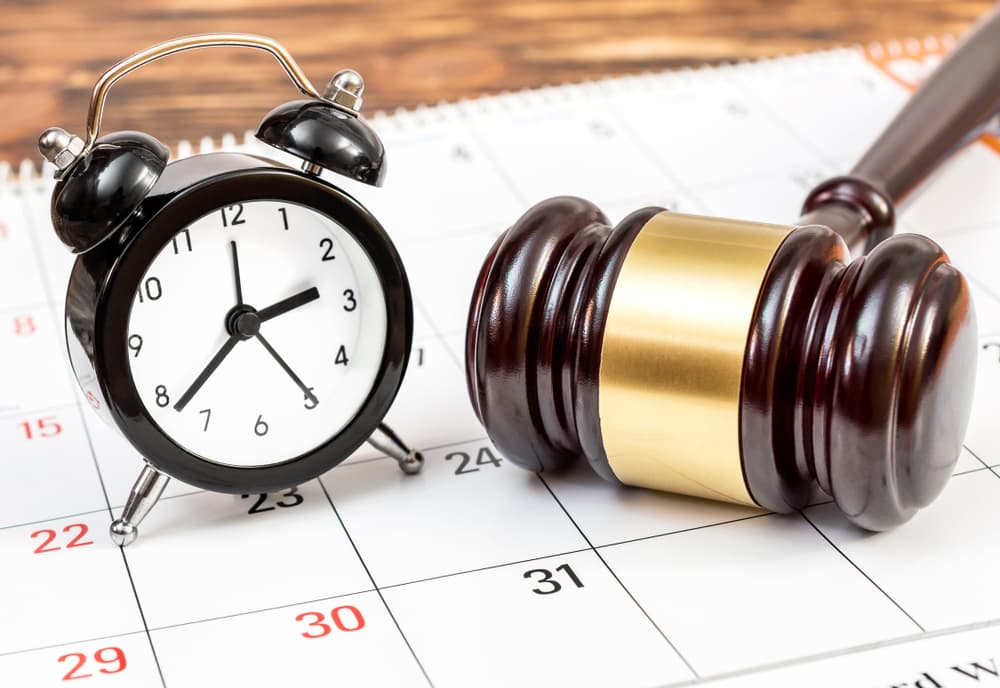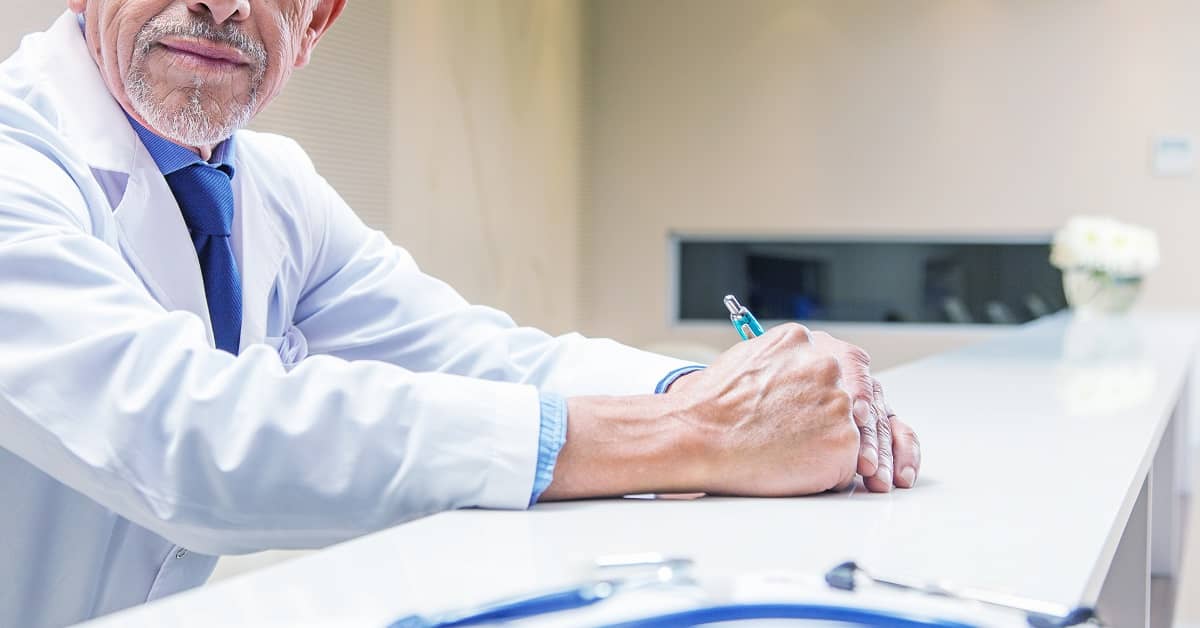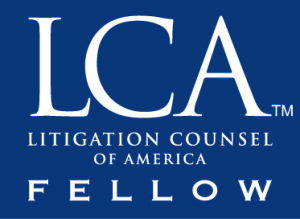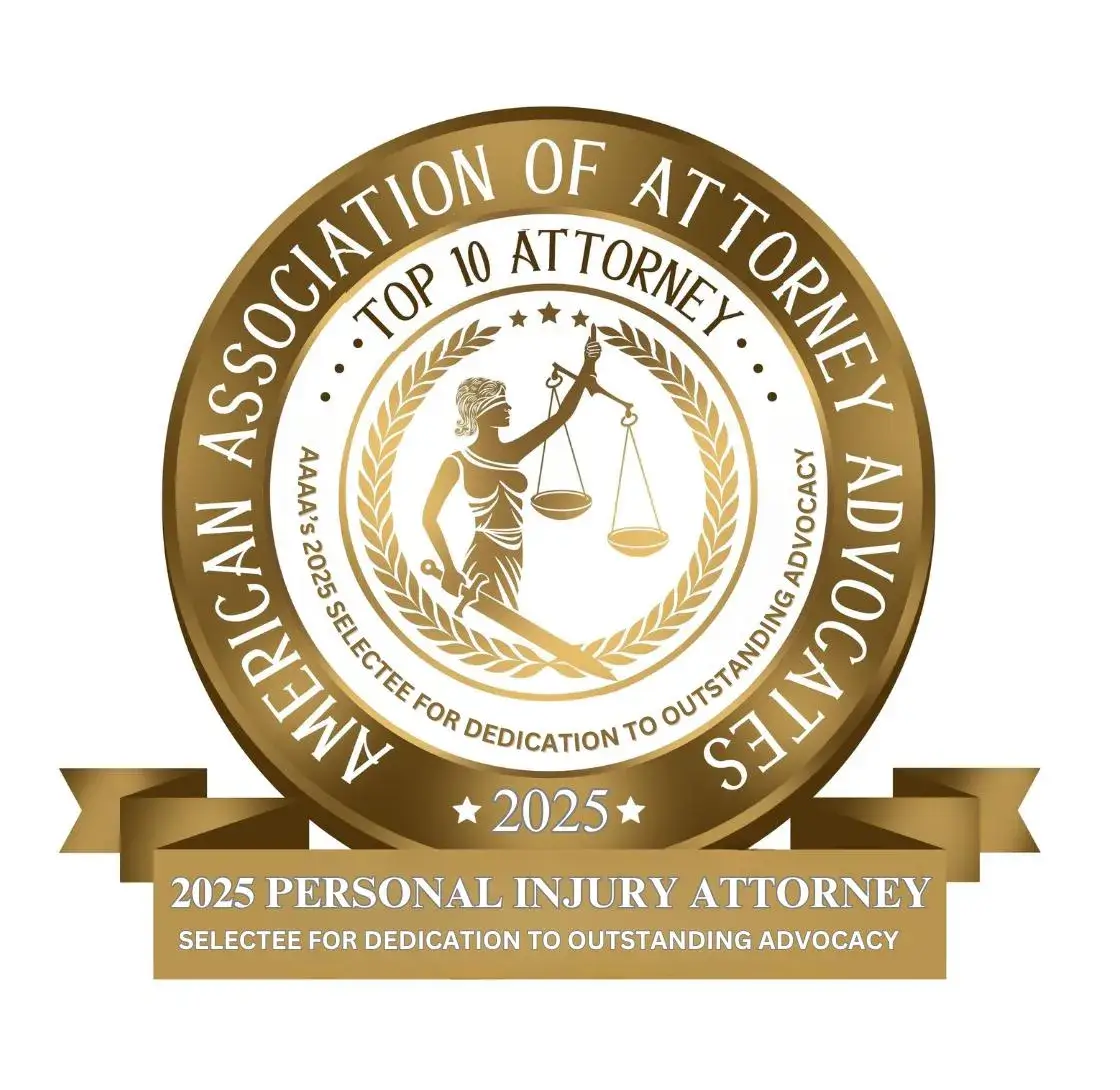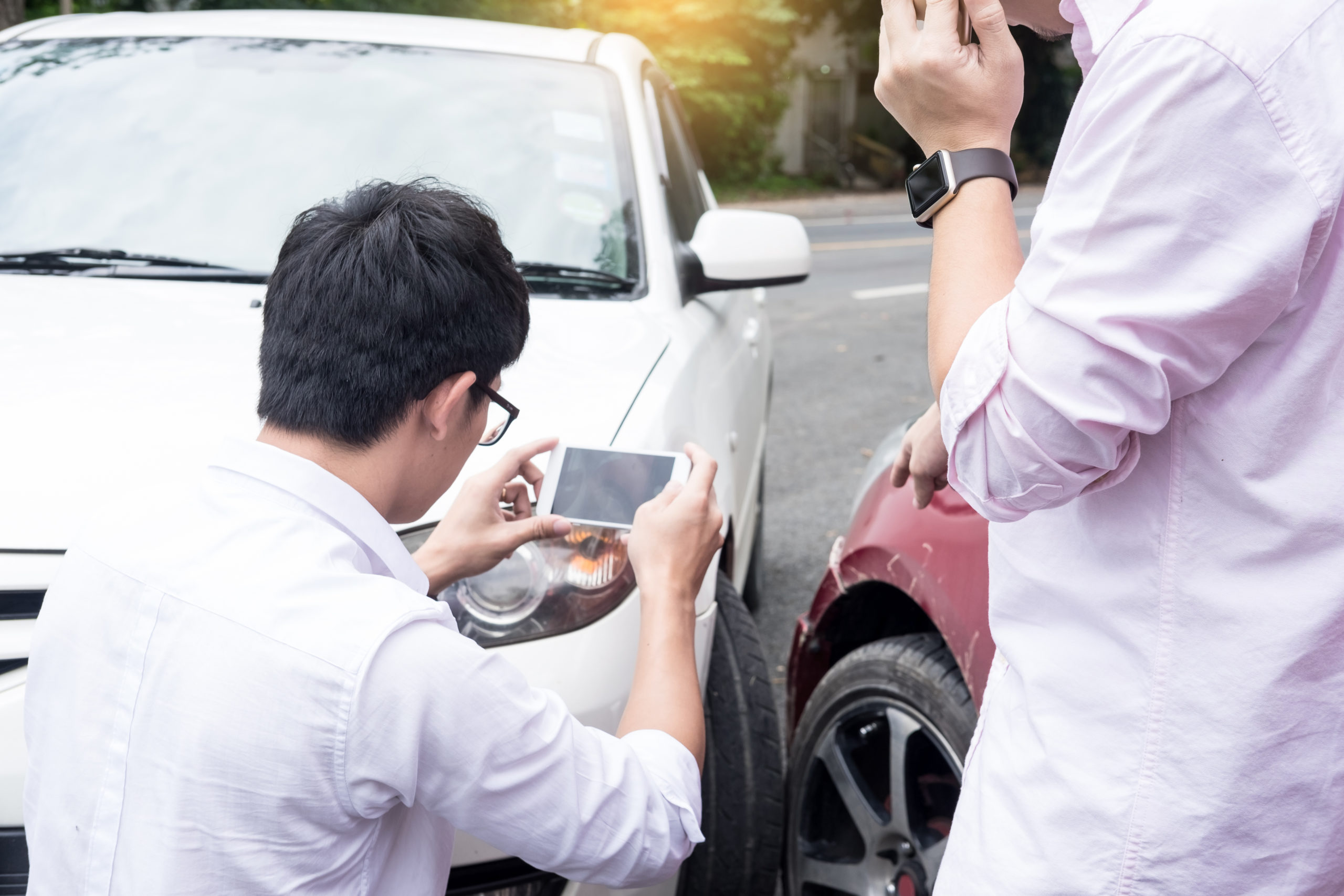
Why the Photos on Your Phone Are One of the Most Powerful Tools for Your Car Accident Claim
After a car accident, the single most persuasive piece of evidence can sometimes be the collection of photos taken at the scene. These images create an objective, visual record of the moments after the collision, a record that substantiates your claim when an insurance company or jury needs to understand what happened.
When you’re ready, let’s put those photos to work. If you or someone you love has been injured in a car accident, call our experienced car accident lawyers team today at (201) 585-9111 to discuss your case.
Table of contents
- What Your Photographs Actually Accomplish
- From Your Phone to the Insurance File: How a Simple Picture Becomes Powerful Evidence
- What if My Pictures Aren’t Perfect—Or I Didn’t Take Any at All?
- The Legal Life of a Photograph: From a Digital File to Admissible Evidence
- Documenting More Than Just Dents and Scratches
- Frequently Asked Questions About Car Accident Photos
- Your Story Deserves to Be Seen. We’ll Make Sure They Look.
What Your Photographs Actually Accomplish
They Freeze Time, Preserving Evidence That Vanishes
The scene of an accident changes quickly. Skid marks fade with the rain, debris is swept away by cleanup crews, and weather conditions that may have contributed to the crash can change in minutes. Your photos capture this transient evidence, providing a snapshot of the exact conditions at the moment of the crash. A photo of wet pavement from a sudden downpour or a temporary construction sign that was hard to see might fundamentally change the context of a claim.
They Overcome the Unreliability of Human Memory
The stress and trauma of a collision affect memory. It’s a known psychological response. Witnesses—and even you—might recall events differently as time passes. Details become blurred or unintentionally altered in your mind. This is normal.
Photographs provide an objective counterpoint to conflicting statements. They show the final resting positions of the vehicles, the precise angle of impact, and the field of view for each driver. These are details that are frequently disputed by insurance companies looking to minimize their payout. A clear picture ends a debate before it begins.
They Tell the Story of Impact in a Way Words Cannot
Describing the force of a crash is difficult. You can say the impact was “hard,” but what does that truly mean? A photograph showing a buckled frame, a deployed airbag caked in white powder, or a spiderweb of shattered glass immediately communicates the violence of the impact. It translates an abstract description into a concrete reality.
This visual proof is more compelling to an insurance adjuster or a jury than a simple description. This is especially true when an injury like whiplash doesn’t have obvious outward signs. The image of a crumpled bumper helps explain the mechanics of how your neck was injured.
From Your Phone to the Insurance File: How a Simple Picture Becomes Powerful Evidence
What Makes a “Good” Accident Photograph?
Insurance adjusters and legal professionals look for a comprehensive visual narrative that tells the entire story of the accident. A strong photo file isn’t one or two pictures of your damaged door; it’s a complete album.
If you have taken photos, they will likely include some of the following, which are all helpful:
- Wide-Angle Views: Shots from multiple distances (15-20 feet) and angles are important. These should show the entire scene, the final positions of all vehicles, and their relationship to landmarks like intersections, traffic signs, or buildings in Edgewater or Englewood Cliffs.
- Medium Shots: Pictures that frame each vehicle individually are also key. It’s helpful to have photos showing all four sides of each car to document the full extent of the damage, not just the most obvious point of impact.
- Close-Up Shots: Detailed photos of the specific points of impact on both vehicles are critical. You should also capture damage to tires, shattered windows, and deployed airbags. These close-ups help accident reconstructionists understand the forces at play.
- The Surrounding Environment: Photograph any relevant traffic signals, stop signs (especially if one was obscured by a tree branch or a parked truck), speed limit signs, and any road hazards like potholes or uneven pavement.
- Weather and Road Conditions: Pictures of rain, snow, ice, or sun glare can help establish contributing factors that might not be noted in the police report. A photo of the sun low in the sky, creating a blinding glare, is very persuasive.
- Property Damage: Document any damage to guardrails, telephone poles, fences, or other public or private property. This helps to further illustrate the force and trajectory of the collision.
The Insurance Adjuster’s Perspective
When an adjuster reviews your photos, they are performing a detailed analysis, cross-referencing the visual evidence with the police report, witness statements, and vehicle repair estimates. Their goal is to find consistency—or inconsistency.
Inconsistencies raise red flags and complicate your claim. For example, if the damage shown in the photographs doesn’t seem to align with the description of the accident in the police report, the claim may face more scrutiny. Clear, comprehensive photos leave less room for doubt.
What if My Pictures Aren’t Perfect—Or I Didn’t Take Any at All?
It’s Never a Lost Cause
First, it’s completely understandable. In the confusion and shock following a crash, your first priority is your health and safety. Documenting the scene is not always possible, especially if you were seriously injured or if the accident occurred on a busy highway where it was unsafe to get out of your car.
A lack of photos does not mean you don’t have a case. It simply means we have to work to find the story from other sources. Your personal injury claim is not a single pillar resting on your photos; it’s a structure built from multiple sources of proof. If one piece is missing, we find others to strengthen the foundation.
How We Build a Case Without Your Photos
If you were unable to take pictures, our firm has the resources to gather the evidence needed to build your case. This is a part of the service we provide so you can focus on your recovery.
This may involve:
- Requesting Police Photos: Law enforcement officers responding to the scene, whether in Lodi or Little Ferry, typically take their own set of photographs as part of their official investigation. We’ll obtain these photos.
- Finding Surveillance Footage: In communities like Palisades Park or along the commercial strips in Edgewater and Fort Lee, many businesses have security cameras. We’ll send preservation letters and, if necessary, subpoenas to obtain footage that may have captured the accident.
- Locating Witnesses: Even if you didn’t get contact information at the scene, a thorough investigation sometimes identifies people who saw what happened. This could involve canvassing the area or finding people who work in nearby buildings.
- Accident Reconstruction: In more complex cases, we may bring in an accident reconstructionist. These professionals might use the vehicle damage, police report, and scene measurements to scientifically determine how the crash occurred, creating a virtual picture of the event.
The Legal Life of a Photograph: From a Digital File to Admissible Evidence
What Does It Mean for a Photo to Be “Admissible”?
For a photograph to be used in a legal proceeding, it must be considered “admissible.” This is a legal concept that simply means the court agrees the evidence is fair, reliable, and relevant to the case. It’s a standard that all evidence must meet.
For your photos, this generally requires two things:
- Authenticity: The photo must be a true and accurate depiction of the scene at the time the picture was taken. This is why you should never edit, filter, or alter your accident photos in any way. The raw, original file from your phone is the most authentic version.
- Relevance: The photo must relate directly to an issue in the case, such as the cause of the accident, the extent of the vehicle damage, or the severity of your injuries.
The “Chain of Custody”: Protecting the Integrity of Your Evidence
Chain of custody is the chronological paper trail showing that your evidence has not been tampered with from the moment it was created. It’s a process used to ensure the integrity of the evidence.
In simple terms, for your photos, it means being able to show where the digital file came from (your phone) and that it has not been altered since the moment it was taken.
How Photos Support a Claim Under New Jersey Law
New Jersey law requires drivers to report accidents involving injury, death, or property damage exceeding $500. Your photographs are the primary visual documentation that supports your report of that damage and any resulting injuries.
They serve as physical, demonstrative evidence to establish liability, prove the extent of your losses, and ultimately support your right to compensation under New Jersey’s civil justice system.
Documenting More Than Just Dents and Scratches
Your Injuries Tell a Story, Too
Your injuries may not be fully apparent at the scene of the crash. Adrenaline masks pain, and some injuries, like bruises and swelling, take time to develop. A bruise might darken over days, or swelling in a joint can increase gradually.
Take clear, well-lit photos of your injuries as they develop in the hours and days after the crash. These images create a visual timeline of your physical suffering that can be very powerful. A photograph of a bruised and swollen knee is a direct answer to an insurance company that might later question the severity of your injury.
The Scene Beyond the Vehicles
Look for contributing factors in the environment. A stop sign in a Teaneck neighborhood obscured by an overgrown tree, a deep pothole on a street in Lodi, or confusing lane markings at an intersection in Hackensack could be partly to blame for the accident. These are details that are easy to miss.
Photographing these details sometimes reveal that a third party, such as a municipality or a road contractor, shares some responsibility for what happened. This is an aspect of ensuring you receive full compensation, and it’s an angle that a skilled law firm will investigate.
A Word of Caution on Social Media
Insurance companies regularly investigate claimants’ social media profiles. It is a standard part of their process. A photo you post of yourself at a family gathering or on a short trip could be taken out of context and used to argue that your injuries are not as severe or debilitating as you claim.
It is wise to be very mindful of what you post online while your claim is pending. The safest course of action is to just refrain from posting photos of yourself altogether until your case is resolved.
Frequently Asked Questions About Car Accident Photos
Can I use photos taken by a passenger or a bystander?
Yes. Photos from anyone who was at the scene can be valuable evidence. If someone else took pictures, ask them to send you the original, full-resolution files. It is also helpful to make a note of their name and contact information, as their testimony as a witness may also be helpful to your case.
The damage to my car seems minor, but I'm in pain. Are the photos still important?
Absolutely. Many modern cars are designed with bumpers that can withstand low-speed impacts with minimal visible damage. However, the force of that impact is still transferred through the car to the occupants. The photos are still important to prove that the collision occurred as you described it. We will then use those photos alongside your medical records to connect the impact, however minor it may appear, to the injuries you sustained.
How long after the accident should I continue taking pictures of my injuries?
It is a good practice to document your injuries with photos periodically as they heal. This creates a visual log of your recovery process. For example, taking photos every few days shows how a bruise changes color and fades, or how swelling in a limb goes down over time.
What happens if the other driver's photos seem to tell a different story than mine?
This is not uncommon. People naturally take photographs that support their own perspective of an event. When photo evidence from different parties is contradictory, we analyze everything in context. We compare the images to the physical damage on the vehicles, the location of debris, the police report, and any available witness statements to establish the most accurate and credible version of events.
My phone was broken in the crash. Does that mean the photos I took are lost forever?
Not necessarily. If your photos were automatically backed up to a cloud service (like Apple’s iCloud or Google Photos), they are likely safe and can be accessed from another device. If they were not backed up, data recovery services can sometimes retrieve images and other information from a physically damaged phone. We will assist in exploring these options.
Your Story Deserves to Be Seen. We’ll Make Sure They Look.
The photos you have are the starting point—the first, undeniable chapter of your story. But they are just one part of a comprehensive claim that requires careful legal strategy and a thorough understanding of the system.
Our job at Maggiano, DiGirolamo & Lizzi, P.C. is to take that first chapter and build upon it. We will combine your photos with medical records, expert analysis, witness testimony, and a deep understanding of New Jersey law to pursue the maximum compensation available to you.
Don’t let your story go unheard or be dismissed. Call us now at (201) 585-9111 for a free, no-obligation consultation with a personal injury lawyer.



